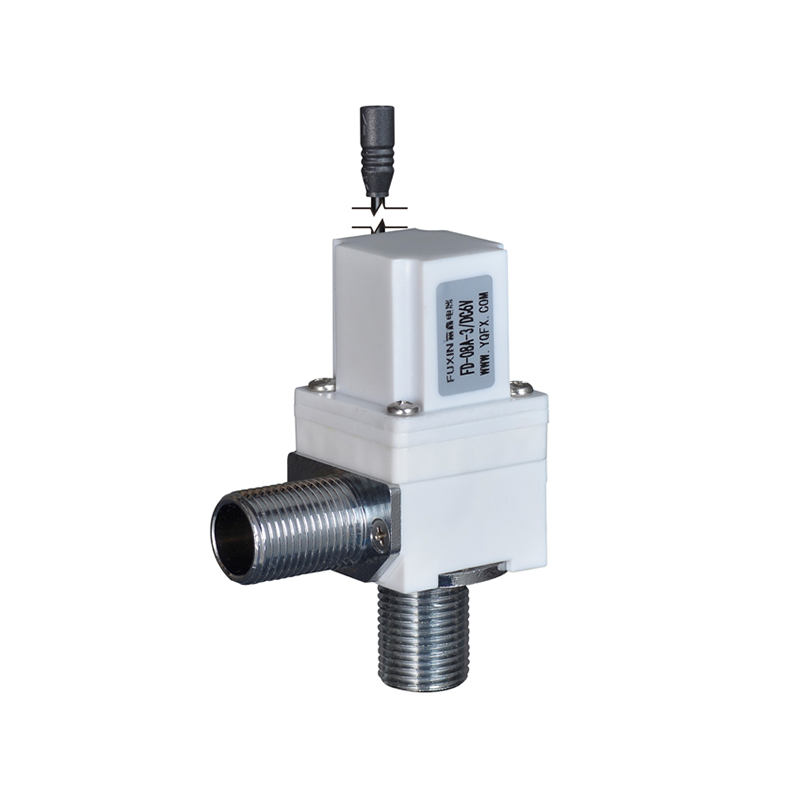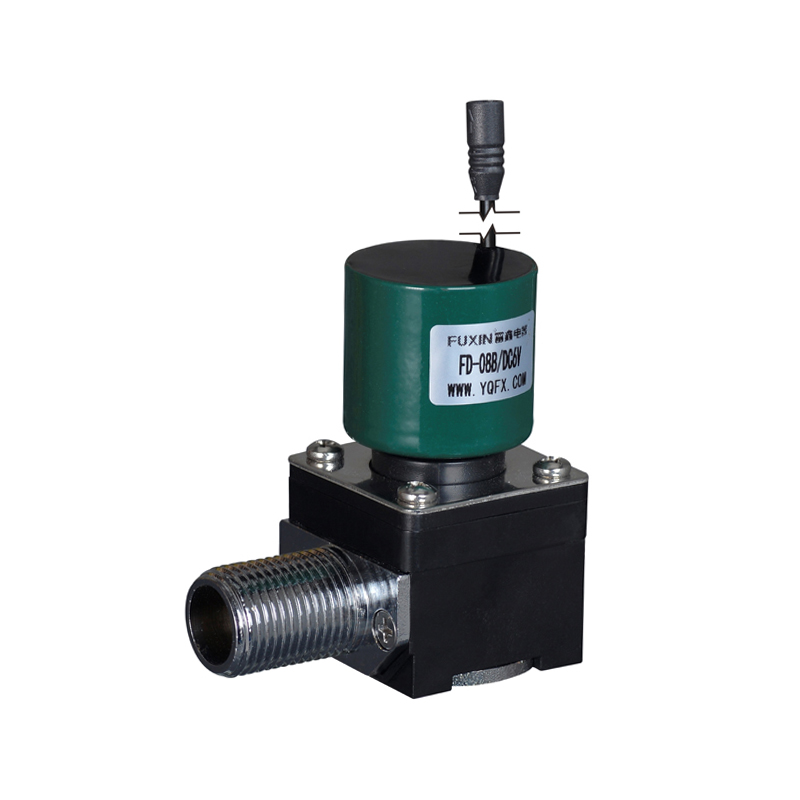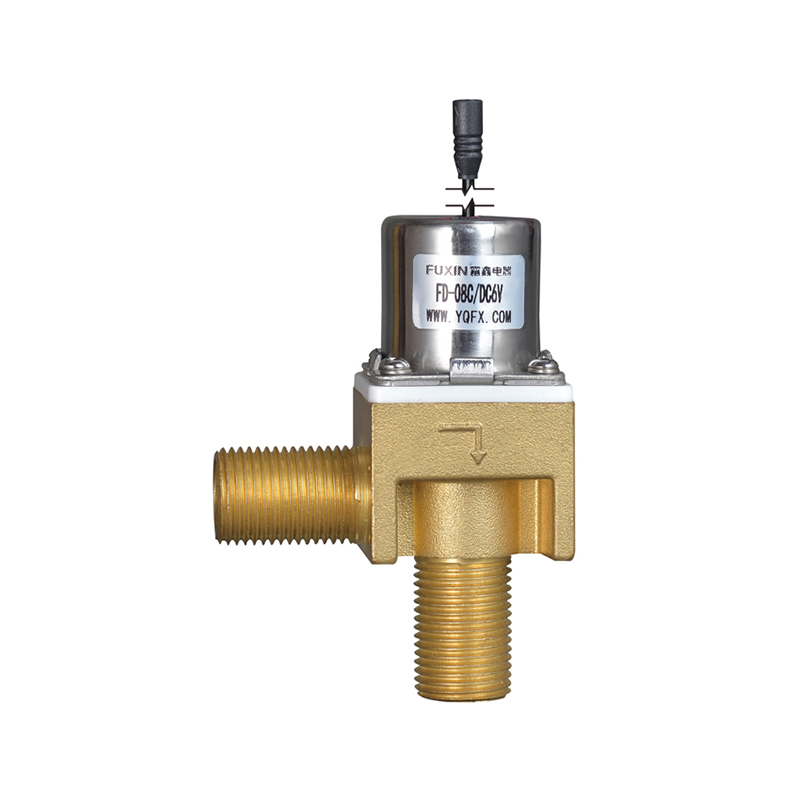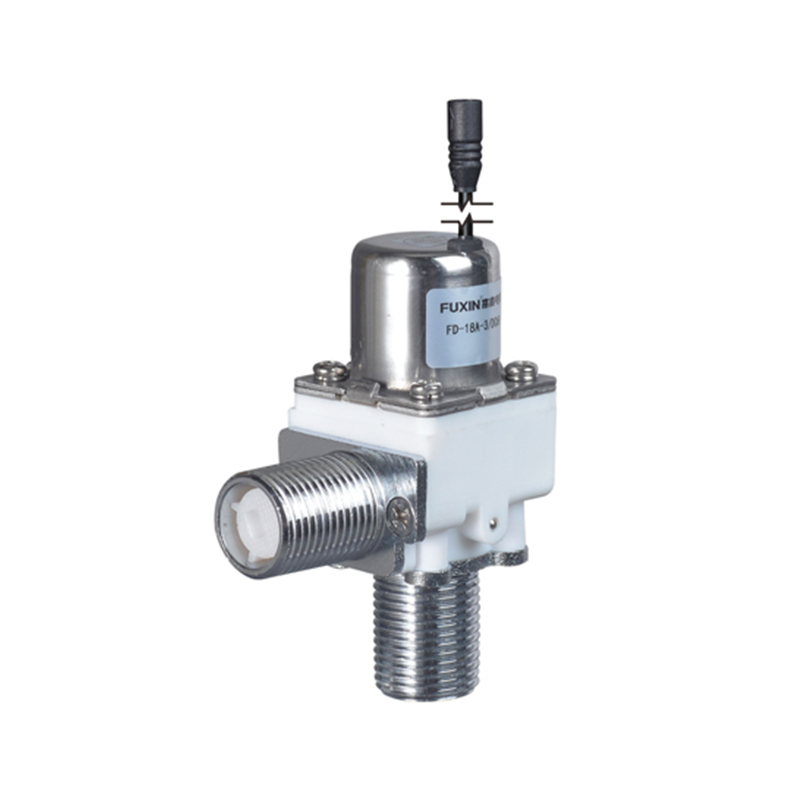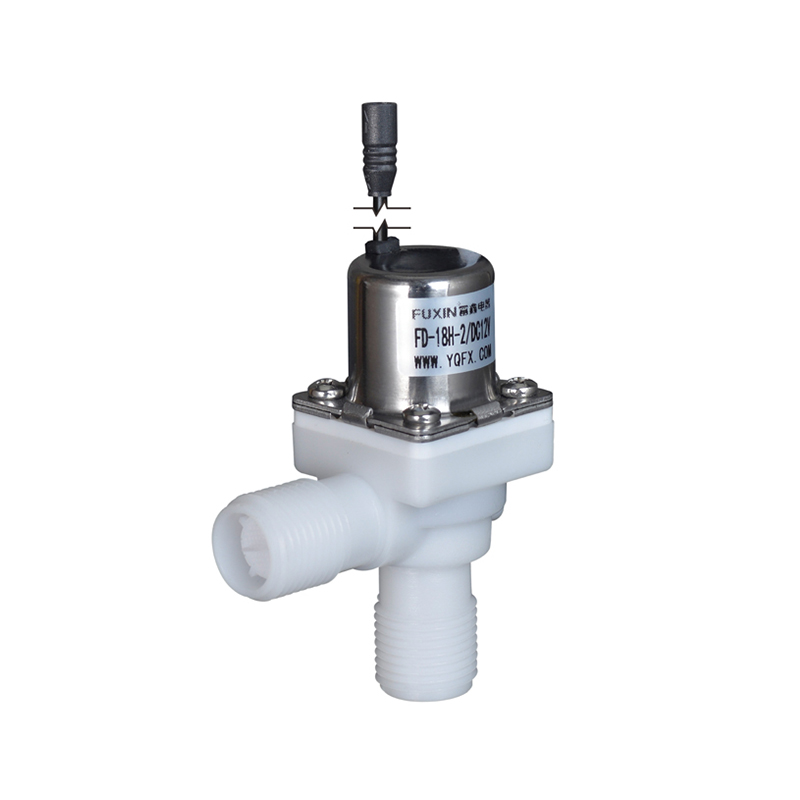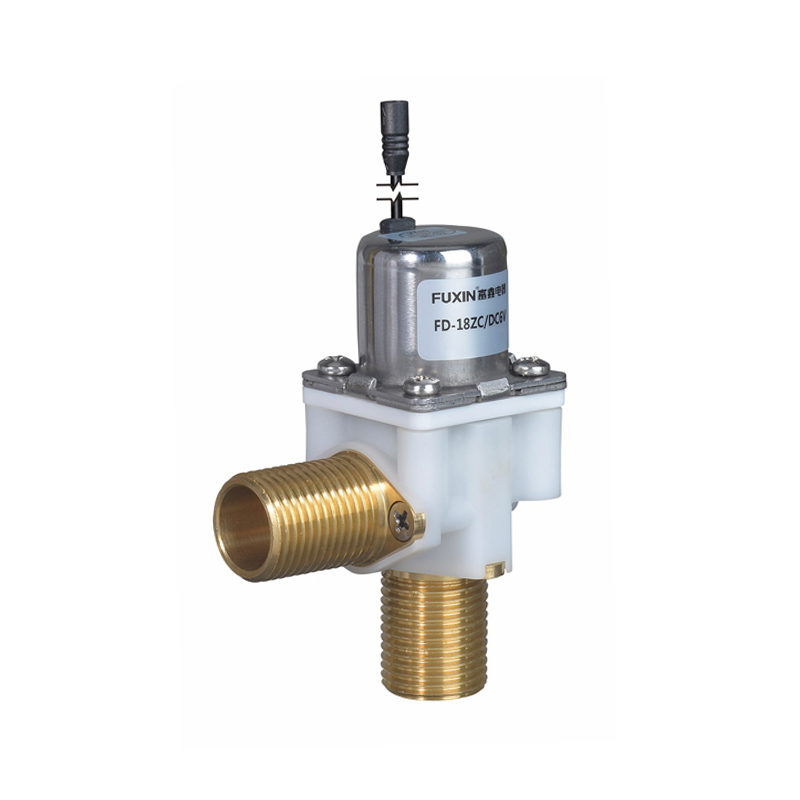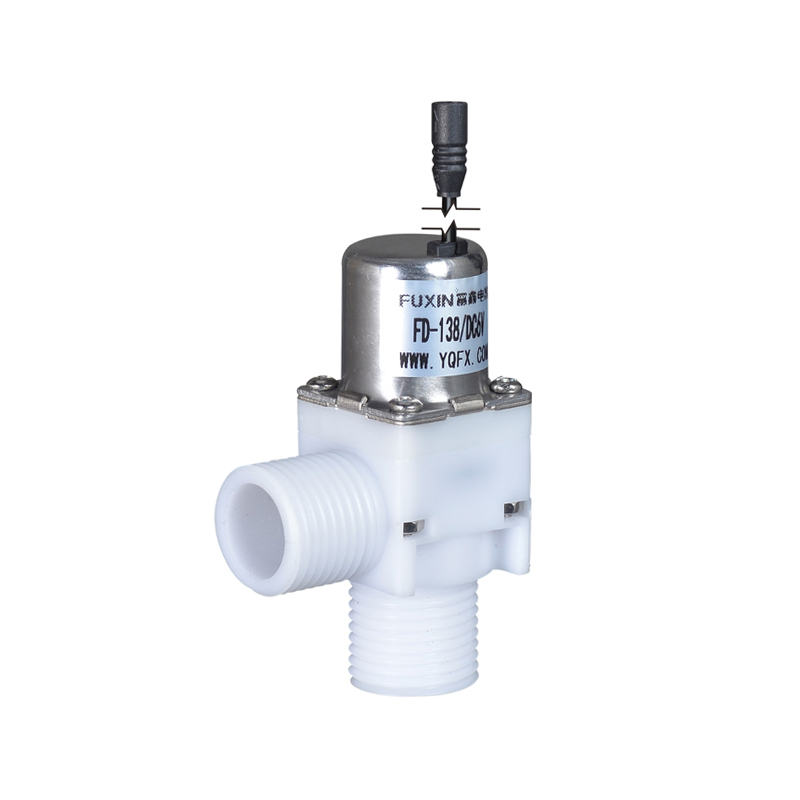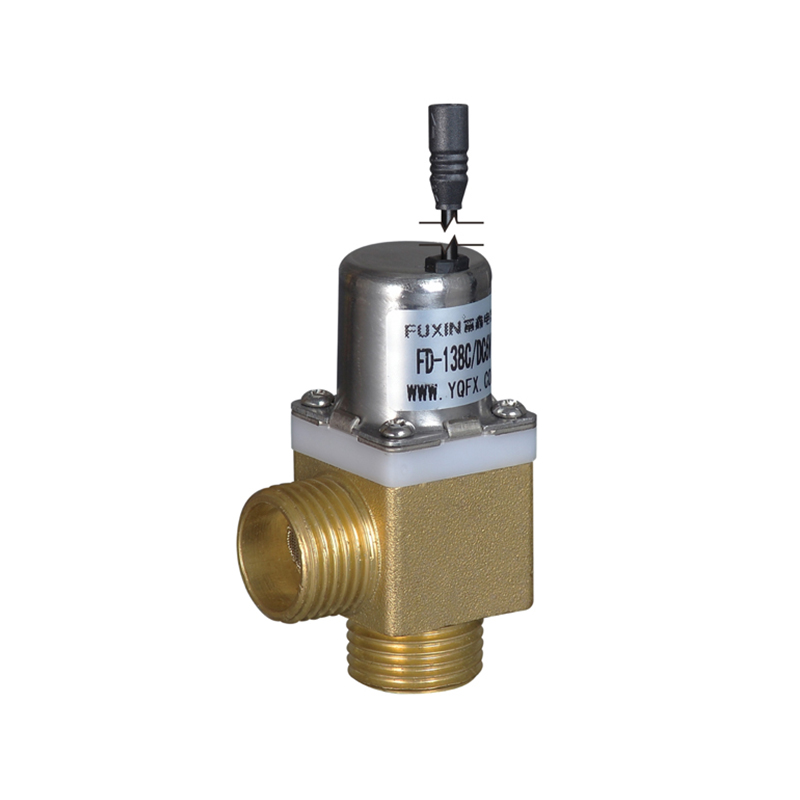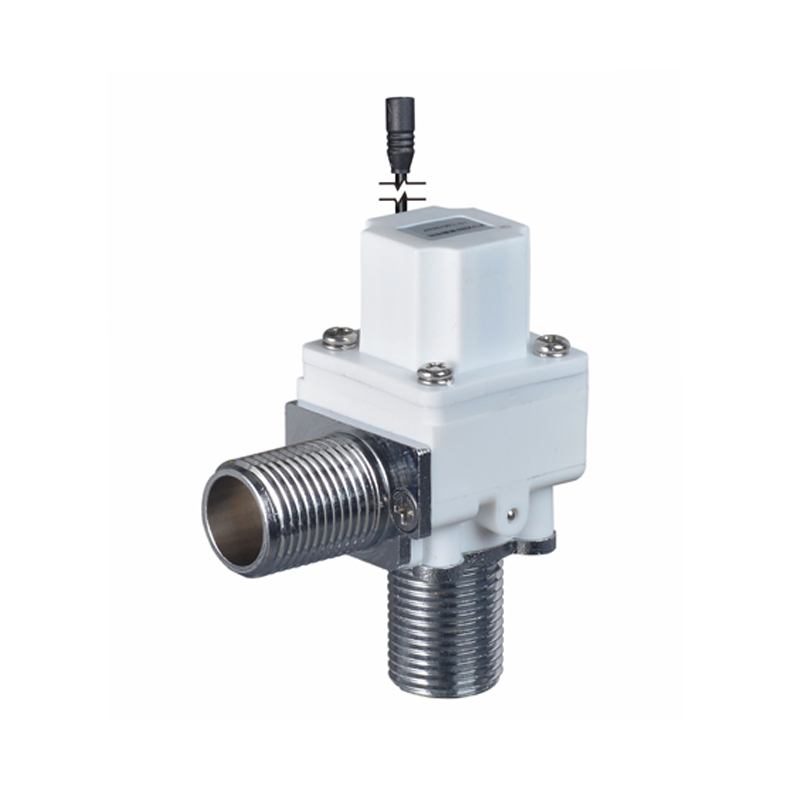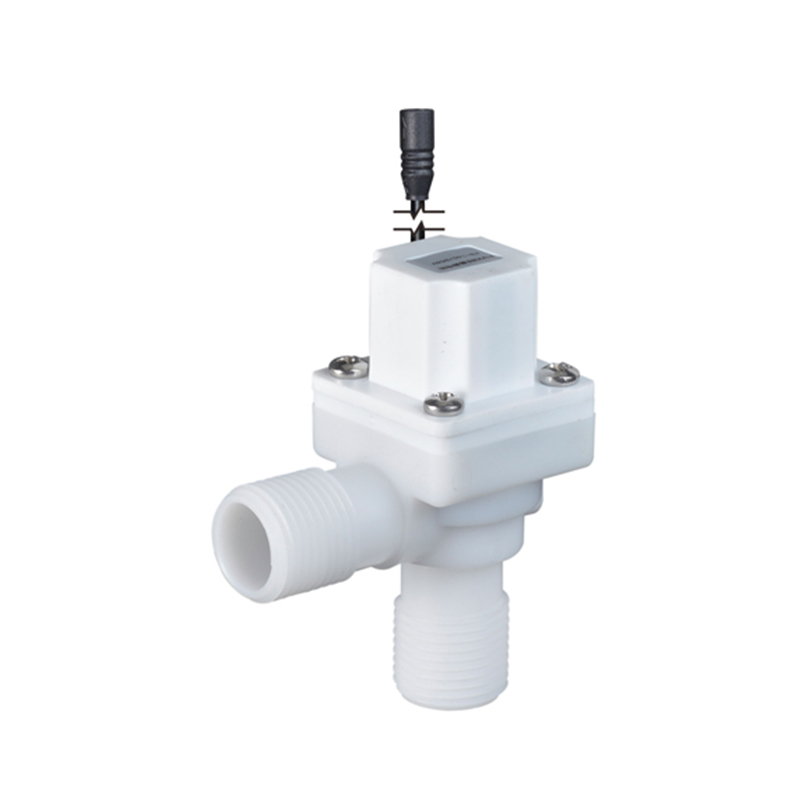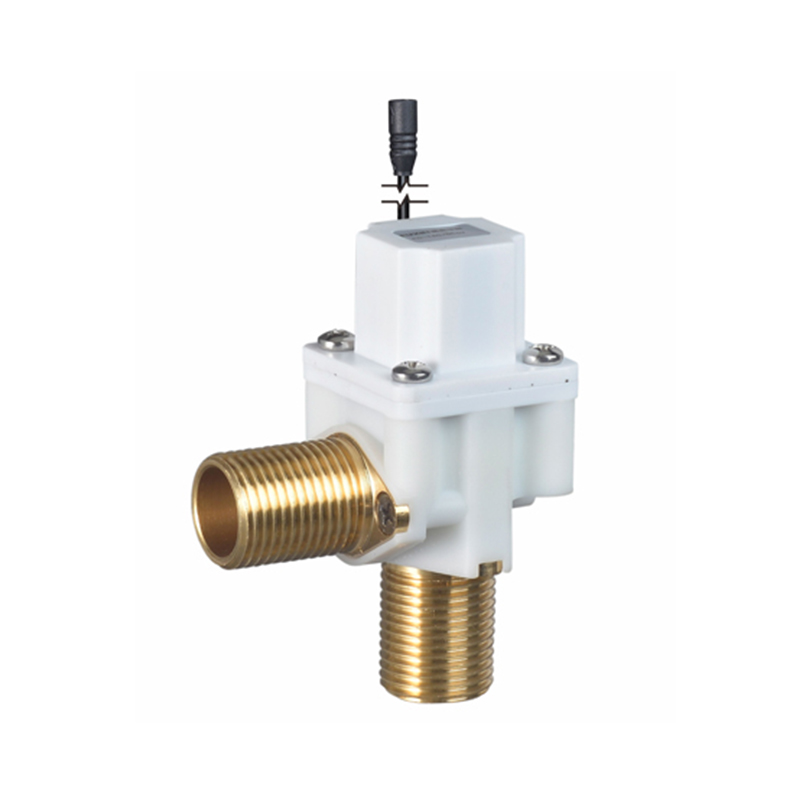Sensor faucet solenoid valves have become an integral part of modern plumbing systems, especially in commercial and public restrooms. Known for their convenience, hygiene benefits, and water-saving capabilities, these valves rely on sophisticated mechanisms to control water flow automatically. To ensure they operate smoothly over time, proper maintenance is essential. This article explores practical steps to maintain and extend the life of your sensor faucet solenoid valve, helping you maximize its efficiency and durability.
One of the important aspects of maintaining a sensor faucet solenoid valve is regular cleaning. Over time, mineral deposits, dirt, and debris can accumulate inside the valve and sensor components, causing malfunction or reduced responsiveness. It is advisable to clean the valve’s internal parts periodically, using a mild vinegar solution or specialized cleaning agents designed for plumbing fixtures. Carefully removing and soaking the valve components can help dissolve scale buildup and prevent clogging.
Checking water quality is another critical factor in prolonging the life of your sensor faucet solenoid valve. Hard water with high mineral content can accelerate wear and cause deposits inside the valve. Installing a water softener or filtration system upstream can significantly reduce the risk of mineral buildup. Ensuring a clean water supply not only protects the valve but also improves the overall performance of the faucet system.
Routine inspection of the sensor faucet solenoid valve wiring and electrical connections is essential for reliable operation. Loose or corroded wiring can interrupt signals, causing the valve to malfunction or fail to open and close properly. Regularly inspecting the power supply and tightening connections when needed helps maintain consistent performance. Additionally, protecting the valve’s electrical components from moisture and water ingress can prevent short circuits and extend lifespan.
Replacing worn-out seals and diaphragms inside the sensor faucet solenoid valve is another effective maintenance practice. These parts are subject to wear and tear due to constant movement and water pressure. Over time, damaged seals can cause leaks or reduce valve efficiency. Having spare seal kits on hand and scheduling periodic replacements can keep your valve functioning smoothly and prevent costly repairs.
Calibrating the sensor component of the valve is equally important. Environmental factors such as lighting changes or physical obstructions can affect sensor sensitivity, to delayed or unintended water flow. Adjusting the sensor’s range and response settings ensures detection and minimizes water waste. Some advanced sensor faucet solenoid valve models feature automatic calibration, but manual checks remain important to maintain accuracy.
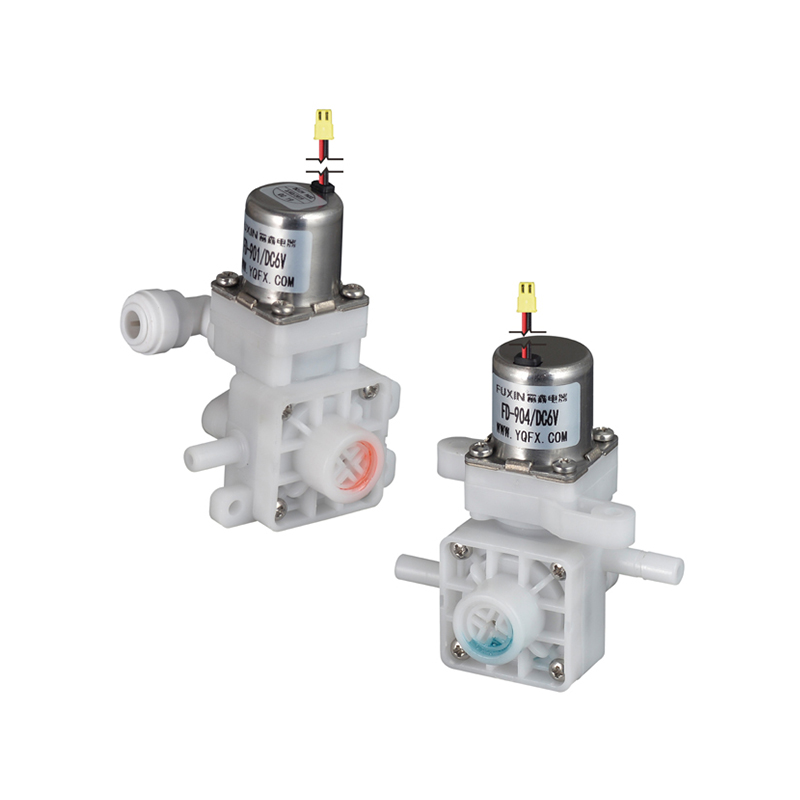
It is also beneficial to install surge protectors or voltage regulators when powering sensor faucet solenoid valves. Electrical surges or unstable voltage levels can damage the valve’s solenoid coil or control circuitry. Protecting the valve from power fluctuations reduces the risk of premature failure and helps maintain consistent operation.
When installing or servicing a sensor faucet solenoid valve, always follow the manufacturer’s guidelines and use recommended tools. Incorrect installation or rough handling can damage sensitive components and void warranties. Engaging qualified technicians for installation and maintenance ensures that the valve is handled properly and functions as intended.
Regularly updating firmware or software, if applicable, is an additional step for valves with smart control features. Manufacturers may release updates to improve sensor accuracy, energy efficiency, or integration capabilities. Staying current with software upgrades helps keep your sensor faucet solenoid valve running with the latest enhancements.
In commercial settings, training facility staff on basic valve maintenance and troubleshooting can greatly improve valve longevity. Simple tasks such as cleaning the sensor lens or checking for leaks can be performed routinely to catch issues early.
In summary, maintaining and extending the life of your sensor faucet solenoid valve involves a combination of regular cleaning, water quality management, electrical inspections, part replacements, sensor calibration, and adherence to installation guidelines. By proactively caring for your valve, you can ensure reliable operation, reduce maintenance costs, and enjoy the benefits of touchless water control for years to come.


 EN
EN English
English Español
Español
